#pagan Beltane
Text
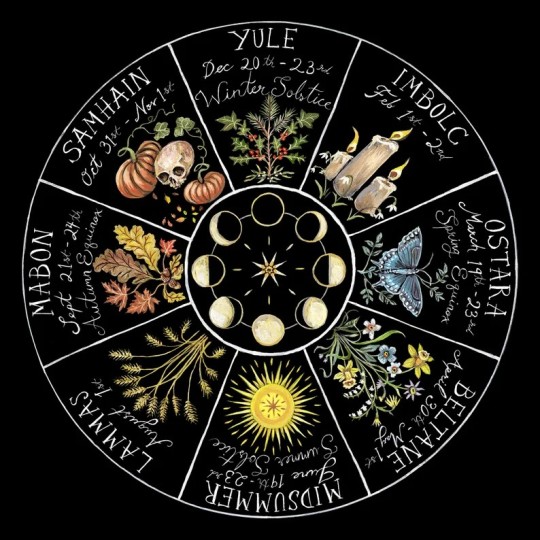
Source
#wheel of the year#etsy#print#yule#imbolc#ostara#beltane#midsommar#midsummer#lammas#mabon#samhain#pagan witch#pagan#paganism#paganblr#witch
5K notes
·
View notes
Text


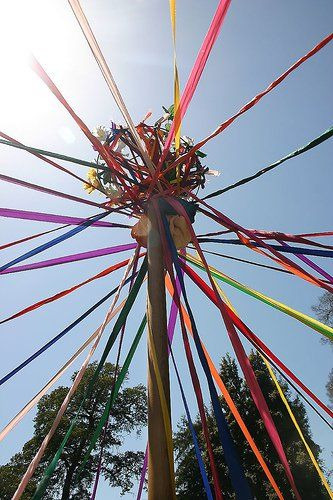






Beltane
Beltane (May 1st) we celebrate spring being at its peak and everything around us being in bloom.
The sun is shining bright again, and the days are now longer.
Beltane correspondences:
Symbols | bonfire, lots of candles, sun, flowers and flower crowns, maypoles, colored ribbons
Colors | yellow, white, green, pink, reds
Spells | fertility, love, cleansing, spells for creativity and beauty
Crystals | rose quartz, carnelian, jasper
Herbs and flowers | tulips, violets, mint, rosemary
Foods to make | salad, cake or pie, dishes with honey, breads and nuts.
How to celebrate | Light a bonfire, go out in nature for a walk, make love, dance, make a maypole
#witch#witches#witchcraft#witchesofinstagram#heks#hekserij#witchofinstagram#witchesofig#witchy#spell#spellwork#pagan#wicca#eclecticwitch#divination#tarot#beltanefirefestival#beltaneblessings#witchaesthetic#witchyaesthetic#witchlife#beltane#heksentrots#wheeloftheyear#beltanealtar#beltanefestival#mayday#bealtaine
2K notes
·
View notes
Text

"Witches' Night" is here!
May Day Eve (Apr 30) is Walpurgisnacht (Walpurgis Night) across parts of Europe.
Known as "the other Halloween", it's a time when witches and evil spirits take to the skies for a little mischief.
#may day#Beltane eve#beltane#witchcraft#witchblr#magick#witch#witchythings#pagan witch#witchy shit#paganism#druidry#druidism
420 notes
·
View notes
Photo

Hello witches!
I bring you the 2023 calendar for the remaining months ☆゚. * ・ 。゚
How are you holding up mid-mercury retrograde?
This year I just added the Planet Oppositions because there are a few of them in the later months of the year and I wanted to research them.
This is a Northern Hemisphere calendar and specific dates may vary due to different time zones, so always do your research for your specific region.
And if you find any mistakes or anything do add it if you reblog, so I can keep it in mind for future calendars!
See you in the full moon!!
#witches calendar#moon#witch#witchcraft#wheel of the year#pagan#new moon#full moon#zodiac signs#sun#witchystuff#beltane#samhain#calendar 2023#2020#planets#potion#spell
1K notes
·
View notes
Photo
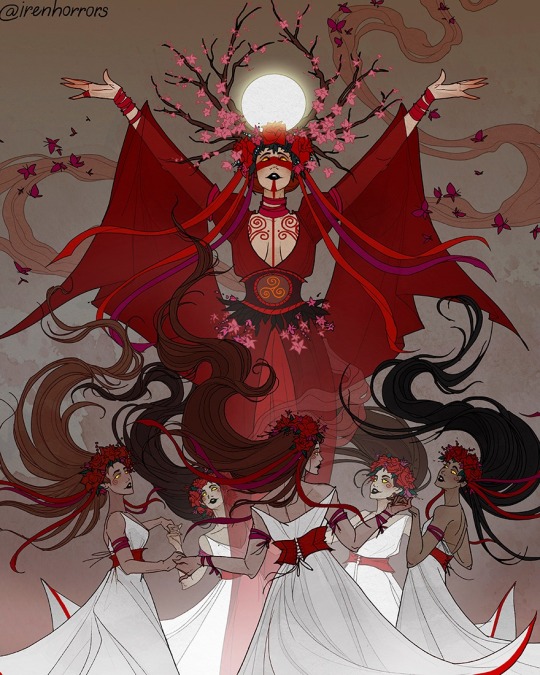


Beltane, Walpurgis Night (Walpurgisnacht), and May Day illustrations by Iren Horrors
This artist on Instagram
#art#illustration#digital art#dark art#pagan#witch#beltane#walpurgisnacht#may day#fantasy#mythology#folklore#demon#wings#horns
1K notes
·
View notes
Text

Girls from Liberton School wash their faces in the dew on Arthur's Seat on May Day 1963
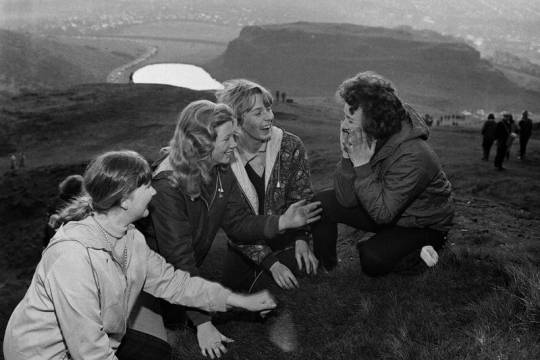
Four girls wash their faces in the morning dew as the sun comes up on May Day morning on Arthur's Seat in 1965.
165 notes
·
View notes
Text
Have a fiery and abundantly sexy Beltane.
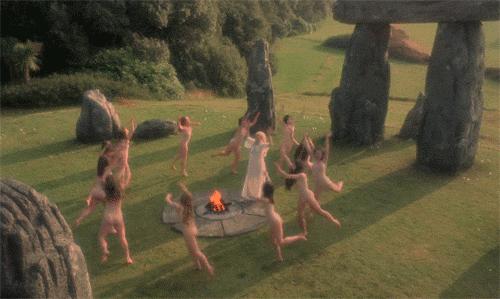
162 notes
·
View notes
Text

@paperwitchco
#litha#ostara#beltane#yule#imbolc#manbon#lammas#lughnassadh#autumn equinox#spring eqinox#summer solstice#winter solstice#sabbat#wiccan sabbat#witches sabbat#wheel of the year#cakes and ale#witchblr#witches of tumblr#witchcraft#wicca#pagan#witchy#witchy things#baby witch#kitchen witch#kitchen witchcraft#hearth witch#hearth witchcraft
181 notes
·
View notes
Text
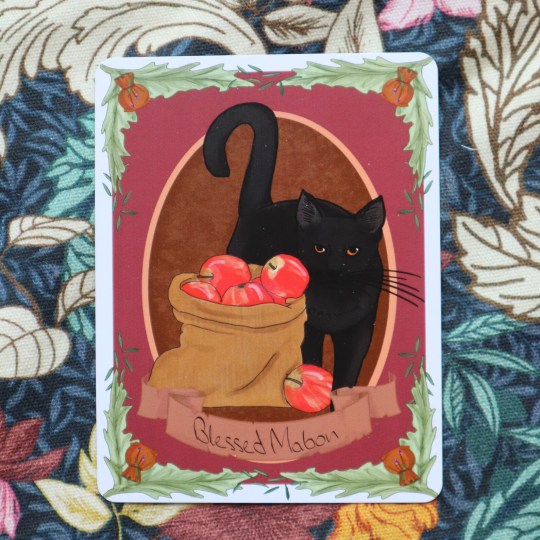


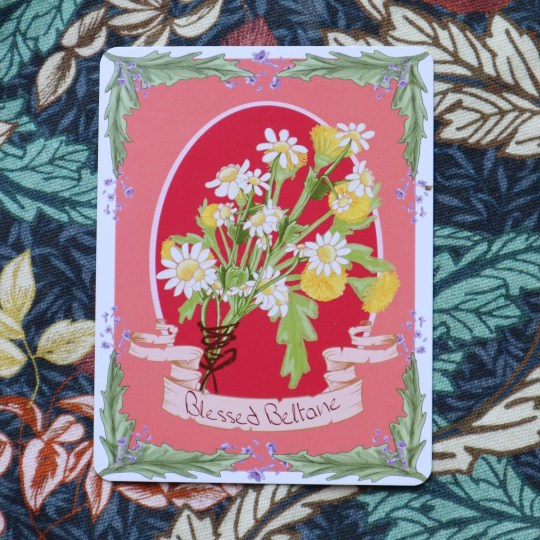


Wheel of the Year Art Prints by ofcraftsandcurios
Mabon // Lughnasadh // Litha // Beltane // Ostara // Imbolc
#art#art print#wheel of the year#pagan#pagan holidays#mabon#lughnasadh#litha#beltane#ostara#imbolc#samhain#yule#witchy#witchcraft#witchy art#drawing#illustration
192 notes
·
View notes
Text
Protecting home and fortune: Irish folk customs for Bealtaine
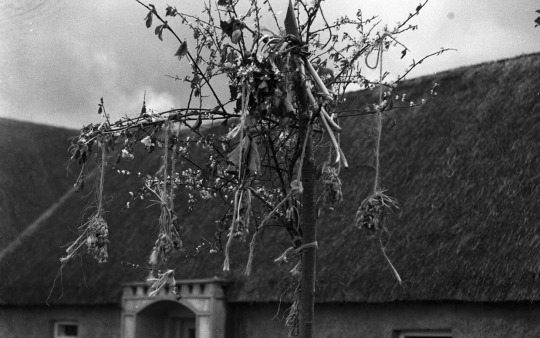
Bealtaine, also known as May Day, marked a pivotal point in the Irish calendar. It signified the arrival of summer, a time of light, warmth, and the promise of a bountiful season ahead. However, Bealtaine also held a sense of unease. This was a time when the boundary between our world and the Otherworld thinned, inviting the potential for both blessings and misfortune from the unpredictable Good Neighbors. To navigate this delicate balance, people turned to time-honored traditions and a heightened awareness of the risks of everyday life.
Appeasing the Good Neighbors
On Bealtaine, it was widely believed that the Good Neighbors became particularly active. To ensure their goodwill and prevent them from causing mischief, people would leave out food and drink as offerings. The belief was that the the Good Neighbors were attracted to these offerings and would be less likely to cause trouble if they were satisfied.
You all know May is the month of the fairies. Great people or men that lived long ago rises from their graves on every night in the month of May to fight the old battles that they fought long ago these men are called fairies. The bad fairies do great harm and trouble in the month of May they kill cattle take away milk and butter from the cows and alot of other mischief. Source
"The fairies come around our houses too to do mischief as well as they come to the cattle; you should sweep the hearth very clean and leave food aside for them. If you don't the fairies will come when you are asleep and will torment you by tricking you or pinching you." Source
Primrose
Primrose was believed to ward off the Good Neighbors, and scattering them in the doorways and window sills of the home created a barrier no troublesome spirit could cross.
"During the first three days [of May] fairies entered the house. They came disguised as old men or women in order to steal coals and in order to prevent them primroses were scattered on the doorway no fairy could pass this flower." Source
"The best preventive of fairy power was to scatter primroses on the threshold, for no one could pass the flowers and and the house and house-hold were left in peace." Source
"Guard the house by a string of primroses across the door on the first three days of May. The fairies can pass neither over nor under the string." Source
Rowan
This tree was seen as potent protection against otherworldly forces. A branch hung above a cow's stable door could ward off those who might steal the milk, ensuring the cow's blessing for the year. Branches decorated with spring flowers were also placed around the house for a bit of extra good luck.
On May Day before sunrise the eldest member of the family gets up, he goes out, pulls a branch of the rowan tree and hangs it over the cow's stable door. This is done to prevent the fairies from taking any of the milk from the cows. Source
Another custom is to get a branch of Rowan tree and decorate it with may flowers and primroses and leave it in the middin standing. Then strew may-flowers into each outhouse door and on the doorstep and in the windowsills. This is to welcome the good fairies so that there will be good luck round the year. Source
If you put a rowan tree up the Chimney nothing can bring the butter out of the house. Source
The May bush: blessing and protection
The May bush was a common custom in Ireland, particularly in Leinster, South and West Ulster, and some areas of Munster and Connaught. The May bush often featured hawthorn branches brought home and decorated with flowers, ribbons, and colorful eggshells saved from Easter.
The May bush was believed to protect the home from evil spirits, particularly fairies and witches. It was also thought to bring good luck and prosperity, especially in relation to milk and butter production.
It is a great custom also to make a May bush on May day. This consists of a bush, which is put standing in the dungpit. The bush is decorated with flowers and eggshells. The eggshells are kept after Easter Sunday. Source
On May morning a Maybush was placed outside each house. It usually was a yellow furze bush with a number of eggshells stuck on the thorns. Source
The people around this place make May-bushes on the first of May. They pull a bush and gather flowers and tie them on to the bush with strings and stick it on the ground and after that they say their prayers around it to honour our Blessed Mother and they make a little Altar and put flowers every day on it during May. The people long ago used to make May-bushes and they also used to make a little Altar. Source
The evening before the first of May the people go out and get a piece of a certain tree which they call May Pole. They put this bush outside the door and they put all the egg shells they had on Easter Sunday on it. They also put a lot of flowers out side too. If the people do not put up the May Pole the fairies will come. They also tie May Pole to the cow's tail and if they do not, the fairies come and take the milk from the cow. Source
Guarding your luck
Bealtaine is a time that came with a heightened fear that any careless act could invite bad luck for the whole year. During Bealtaine, even seemingly simple acts held risk.
Giving away even staples like milk, butter, or coins risked also surrendering your good fortune. Lending a tool or sharing even a hot coal from your hearth could lead to unexpected misfortune.
On May eve no one cares to give away any milk or butter fearing their luck would be taken. Source
Long ago the people used to have a large number of pisreogs on May day...They would not give away anything to anybody on May day, only to a beggar man. When he would come in they would give him great welcome. They would say he was bringing in the good luck. The old people would not allow anybody to bring fire outside the door. Everybody would have matches on May day. The old people would not allow any fire outside the door. Source
On May Eve or May Day nothing is given out of the house. Source
They considered it unlucky to give butter or milk way to any person on May Day as they would be giving away their luck. No stables were to be cleaned out on that day. The first person to go to the well in the morning was supposed to have luck for the rest of the year. It is not right to give money to anyone on that day. But if you get money on that day you will be getting it for the year. Source
The people of the house do not put out the ashes on that day or if a person asked for a coal they would be refused. Source
Another custom of the Irish, they would not lend any article or give either milk or food even to beggars. They would not light a fire on May Day until it was late in the day for fear that the people would see the smoke and would bring the butter. Source
The customs surrounding Bealtaine offer a fascinating glimpse into the rich tapestry of Irish folklore and the enduring human desire to shape our luck through ritual and tradition. Whether leaving offerings to appease unseen spirits, scattering flowers as wards against misfortune, or cautiously guarding their possessions, people sought to influence the unseen forces that shaped their lives. These traditions, born in a different time, speak to a fundamental human desire for control, for a sense of agency in the face of an uncertain world. While the specific fears and beliefs may have shifted, the impulse to use ritual and superstition as a means of navigating life's unpredictability remains surprisingly relatable.
#Bealtaine#beltane#may day#irish folklore#celtic paganism#irish paganism#irish pagan#pagan#paganism#witchcraft#witchblr
102 notes
·
View notes
Text
Sabbats Masterpost
The History of Samhain
Samhain Facts
Samhain Correspondences
Samhain Crystals
Samhain Colors
Samhain Plants
Samhain Incense & Oils
Samhain Animals
Samhain Foods
Samhain Ritual & Magick
Samhain Deities
Samhain Altar Ideas
Samhain Activities
Last Minute Samhain Ideas
----------------------------------------
The History of Mabon
Mabon Facts
Mabon Correspondences
Mabon Crystals
Mabon Colors
Mabon Plants
Mabon Oils & Incense
Mabon Animals
Mabon Foods
Mabon Ritual & Magick
Mabon Deities
Mabon Altar
Mabon Activities
Last Minute Mabon Ideas
-----------------------------------
Lughnasadh/Lammas History
Lughnasadh/Lammas Facts
Lughnasadh/Lammas Correspondences
Lughnasadh/Lammas Crystals
Lughnasadh/Lammas Colors
Lughnasadh/Lammas Plants
Lughnasadh/Lammas Incense & Oils
Lughnasadh/Lammas Animals
Lughnasadh/Lammas Food
Lughnasadh/Lammas Ritual & Magick
Lughnasadh & Lammas Deities
Lughnasadh & Lammas Altar Ideas
Lughnasadh & Lammas Activities
Last minute Lammas Ideas
----------------------------------------
Litha History
Litha Facts
Litha Correspondences
Litha Crystals
Litha Incense & Oils
Litha Colors
Litha Plants
Litha Animals
Litha Foods
Litha Deities
Litha Altar Ideas
Litha Ritual & Magick
Litha Activities
Last Minute Litha Ideas
-----------------------------------------
The History of Beltane
Beltane Facts
Beltane Correspondences
Beltane Incense & Oils
Beltane Colors
Beltane Crystals
Beltane Plants
Beltane Animals
Beltane Altar
Beltane Food
Beltane Deities
Beltane Ritual & Magick
Beltane Activities
Last Minute Beltane Ideas
----------------------------------
Ostara History
Ostara Facts
Ostara Correspondences
Ostara Colors
Ostara Crystals
Ostara Incense & Oils
Ostara Plants
Ostara Animals
Ostara Food
Ostara Altar Ideas
Ostara Ritual & Magick
Ostara Deities
Ostara Activities
Last Minute Ostara Ideas
-----------------------------
The History of Imbolc
Imbolc Facts
Imbolc Correspondenses
Imbolc Colors
Imbolc Crystals
Imbolc Incense & Oils
Imbolc Plants
Imbolc Animals
Imbolc Food
Imbolc Altar
Imbolc Ritual & Magick
Imbolc Deities
Imbolc Activities
Last Minute Imbolc Ideas
--------------------------------------
The History of Yule
Yule Facts
Yule Correspondences
Yule Crystals
Yule Colors
Yule Plants
Yule Incense & Oils
Yule Animals
Yule Foods
Yule Ritual & Magick
Yule Deities
Yule Altar
Yule Activities
Last Minute Yule Ideas
#sabbat#esbat#samhain#mabon#lammas#lughnasadh#wicca#witch#pagan#heathen#shaman#beginner witch#litha#beltane#yuichiro matsumoto#ostara#imbolc
3K notes
·
View notes
Text
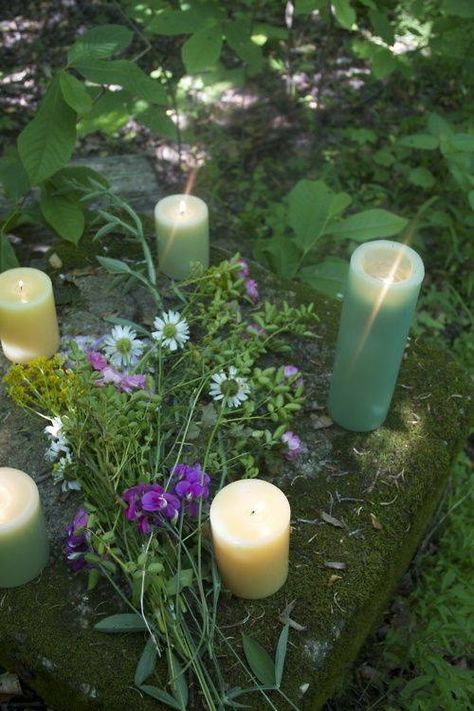
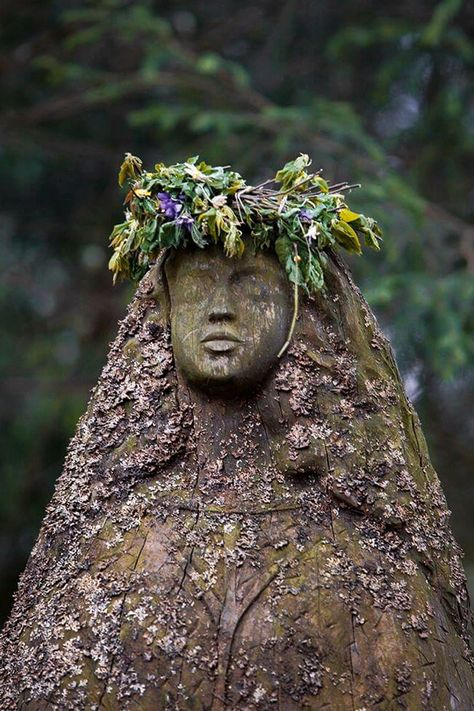
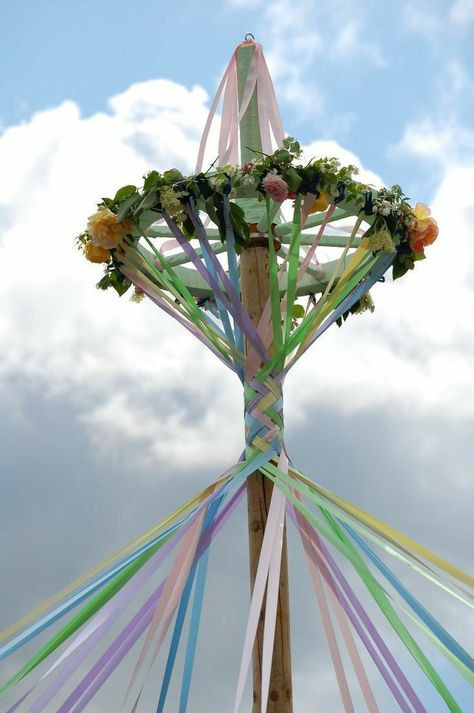

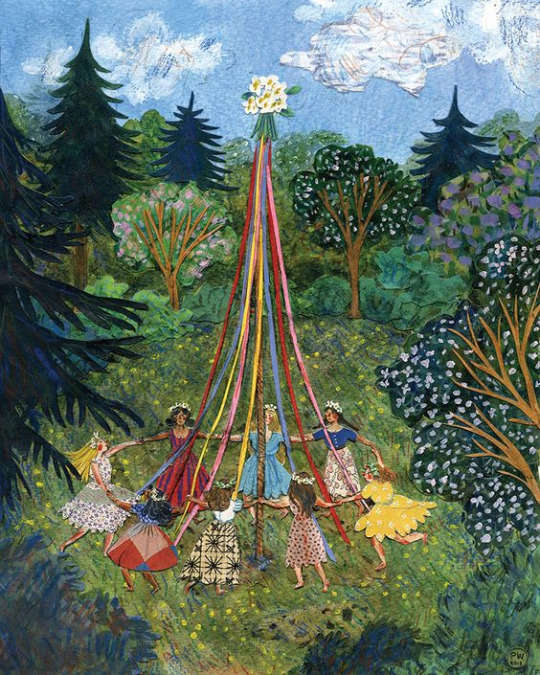
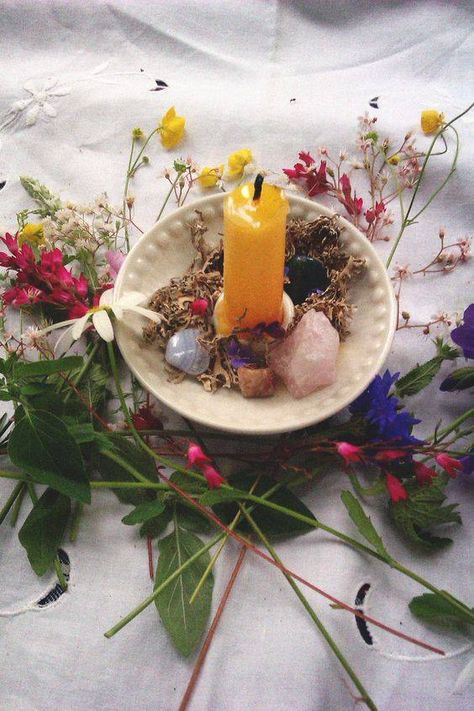
Blessed Beltane to all
#witch#witches#witchcraft#witchesofinstagram#heks#hekserij#witchofinstagram#witchesofig#witchy#spell#spellwork#pagan#wicca#eclecticwitch#divination#tarot#beltanefirefestival#beltaneblessings#witchaesthetic#witchyaesthetic#witchlife#beltane#wheeloftheyear#beltanealtar#beltanefestival#mayday#bealtaine
849 notes
·
View notes
Text

✨🌱🌸 Blessed Beltane 🌸🌱✨
#witch#witchcraft#pagan#nature#witchy#magic#traditional witchcraft#magick#wicca#witchblr#witchy woman#witches of tumblr#wiccan#Beltane#walpurgisnacht#walpurgis night#sabba#sabbath
596 notes
·
View notes
Text
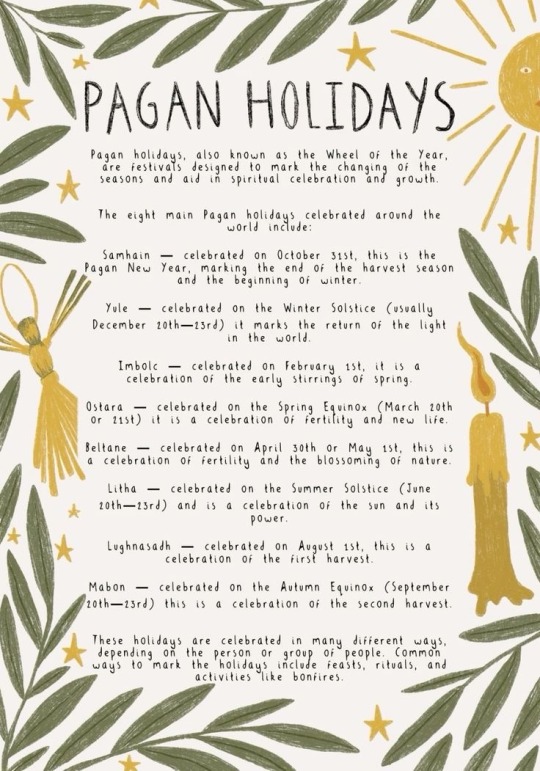
Ꭾคງคภ ђ๏ɭเ๔คฯร
🕯🌙🌞✨
#pagan#paganism#witch#witchblr#witchcraft#magic#wicca#wiccan#ostara#beltane#litha#lughnasadh#mabon#imbolic#yule#samhain#spirtuality#baby witch#beginner witch
96 notes
·
View notes
Text
beltane honey lavender chamomile possets

Blessed May!! I know I don't normally post about witchy things too much but today I figured, in the spirit of one of my favorite holidays, I'd share the recipe I made to celebrate (featuring a bit of kitchen witchery). Possets are a traditional dessert that date back to the middle ages, and utilize cooked cream with lemon juice, gelatin, or egg as a stiffener to create a custard like consistency. This one uses fresh lemon juice.
Ingredients:
🌷 four cups heavy/whipping cream (fertility and abundance)
🌷 1/2 cup honey (try using local!!) (longevity and sweetness)
🌷 1/3 cup fresh lemon juice (you want that b FRESH squeezed directly from the lemon's teet iykyk) (purification and love)
🌷 1/2 cup lavender flowers (love and peace)
🌷 1/2 cup chamomile flowers (love and peace)
(i used dry flowers for mine but i recommend fresh flowers for more oomf)
Instructions:
1. Combine your cream and honey in a medium sized sauce pan and place over low heat. Stir until well combined, then add your dried flowers.
2. Bring cream, flower and honey mixture to a low simmer, and then allow to cook for 3 minutes. The cream may bubble quite a bit- continue stirring and reduce heat if necessary to avoid scorching!
3. Once three minutes is up, remove from heat and stir in lemon juice. Mix until well incorporated, and allow to cool for just a few minutes.
4. Strain out flowers and pour the mixture into small jars or parfait glasses.
5. Refrigerate to set- roughly two hours at least, but overnight is optimal. If you're really excited you could try popping them in the freezer but I haven't tried that myself so use your own discretion. You just want the custard to set.
6. Top with flowers if desired and go crazy go stupid 💕
Enjoy the holiday and please reblog with pics if you do this, I'd love to see 🫶
#OUGH#rose posting witch content? it's more likely than you think#rose shut up#beltane#may day#bealtaine#beltaine#walpurgis night#walpurgisnacht#paganism#pagan witch#witchcraft#witchblr#recipe#kitchen witch
82 notes
·
View notes
Text
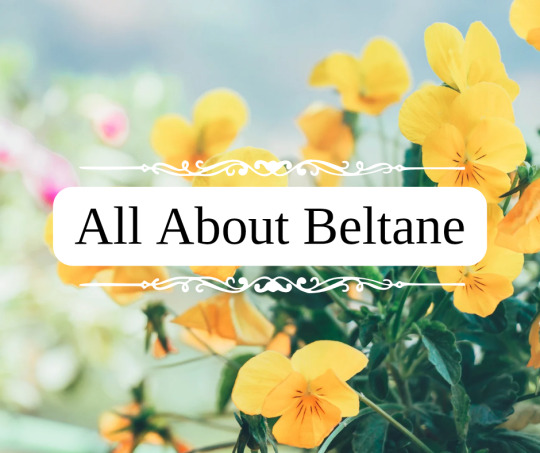
All About Beltane
Beltane, also known as Bealtaine in Irish, is a Gaelic holiday traditionally held on May 1st or the halfway point between the spring equinox and the summer solstice. It is believed to be named after the Celtic sun god Belenus. It was widely observed in Ireland, Scotland, and the Isle Of Man, and is one of the 4 major Celtic fire festivals. It is mentioned in even the earliest Irish literature and marked the beginning of summer and used as the marker to drive cattle into their summer pastures. Although public celebrations have mostly fallen out after the 20th century and many traditions have been mixed with other cultural holidays (such as the Roman holiday May Day), many Celtic Neopagans and Wiccans still celebrate, and many local traditions still continue, causing it to now get a cultural revival.
Traditionally, rituals were held to protect the livestock that moved pastures, along with crops, dairy products, and people, and to encourage growth. It was also important to appease the Aos Sí, or nature spirits/fairies, which were believed to be more active then.
According to early medieval texts in 908, druids would make two bonfires and drive cattle between them to protect them from disease. In the 18th and 19th centuries, bonfires continued to be an important part of the celebrations. Before the bonfires were lit, all hearth fires were put out, and then relit using the fire from the Beltane bonfires after the celebration.
Continuing into the 19th century, cattle were still driven over or between flames, or sometimes around the fires or made to leap over. The people themselves did as well for good luck and protection. Once the fires died down, people would dab themselves with the ashes and sprinkle them over their crops and livestock. Torches from the bonfires would also be brought home and carried around the home or boundaries, and also used to relight the hearth.
Food was also an important part of the Beltane festival, and usually included a feast of lamb, which, historically, was sacrificed. In 1769, it was written that a hot drink, called a caudle, made of eggs, butter, oatmeal, and milk was served, along with tossing a bit on the ground as an offering. A Beltane Bannock, a type of oatmeal cake, was also written to be important and had a few traditions around it.
In one tradition, the Beltane Bannock had nine knobs on it and each person would take the bannock and face the fire, proceeding to break off the knobs of bannock one at a time and tossing them behind their shoulder as an offering to the spirits for protection over their livestock and from predators (one for the cow, one for the sheep, one for the fox, etc). Afterwards, they would drink the caudle.
According to other 18th century writers, there was another Beltane Bannock tradition where the bannock would be cut into slices and one was marked with charcoal. The slices were then thrown into a bonnet and everyone would take one out while blindfolded. According to one writer, whoever pulled the marked bannock slice had to leap through the fire 3 times. According to another, the person would instead be pretend-thrown into the fire and for some time afterward people would talk about the person as if they were dead. This may have always been symbolic, or it may have been a tradition from a time where actual human sacrifice was used. This tradition was also near identical to May Day traditions that occurred in Wales and other parts of Europe, however.
Other traditions including flowers and plants were also observed, especially ones that evoked fire. Documents from the 19th century cite that yellow and white flowers, such as primrose, rowan, hawthorn, gorse, hazel, and marsh marigold was used and placed at doorways and windows. Sometimes they were strewn into garland, and other times they were made into bouquets, made into crosses, or fastened to them. They were also fastened to cows and milking/butter equipment.
Decorating a May Bush or May Bough was also a widespread tradition, and it usually consisted of a small tree or branch (typically hawthorn, rowan, holly, or sycamore) decorated with bright flowers, ribbons, candles, painted shells or egg shells from Easter, and more. In some traditions they also decorated it with gold and silver May Balls, which were hurling balls, that were then either given out to children or gifted to winners of a hurling match. It was also known as the only acceptable time to cut a thorn tree, as they were associated with fairies and may have also been a relic of worshipping tree spirits. It would either be decorated where it grew, or branches hung over windows, doors, roofs, and barns either inside or outside. Traditionally, it was the responsibility of the eldest of the house to decorate it.
The tree was usually left up until May 31st, but in some traditions it would be burned in the festival bonfire after singing and dancing around it. In Dublin and Belfast, May Bushes were brought into town and decorated by the whole neighborhood, with each neighborhood competing for the most beautiful bush. These competitions could also lead to neighborhoods attempting to steal others May Bushes, which eventually led to the May Bush being outlawed in Victorian times.
Appeasing the fairies was also a big part in Beltane celebrations, with many traditions revolving around offerings to the fairies and also warding them off, as there were many fears around them stealing dairy. One protection tradition was to leave 3 black coals under the butter churn. Another was to hang May Boughs on the milk pails. And yet another was to hang cattle tails in the barns. Flowers were also used to decorate the cattle's horns for good luck.
Farmers would also lead a procession around the boundaries of the farm and would "carry with them seeds of grain, implements of husbandry, the first well water, and the herb vervain (or rowan)", stopping at the four cardinal points of direction starting at the east, and performing rituals towards each direction at each stop. These processions were said to bring protection of their farm produce and encourage fertility. Some people also made the sign of the cross using milk on the backside of cattle for good luck.
As for fairy offerings, one tradition was to pour milk or leave food at places associated with the fairies such as "fairy trees". In Ireland, cattle were brought to "fairy forts" where a small amount of their blood was poured into the earth with prayers of the herd's safety. Sometimes, the blood would be left to dry and then be burnt.
Visiting holy wells was also a popular way to celebrate Beltane. Visitors would walk sunwise, moving from east to west, around the well while praying for health. They would then leave offerings of coins or cloth. The first water drawn from the well on Beltane was thought to be especially potent, and would bring good luck to the person who drew it.
Morning dew on Beltane was also thought to bring goodluck and health, and maidens would wash their face with it or roll in it at dawn or before sunrise on Beltane. It was also collected in a jar, left in sunlight, and then filtered. The dew was said to increase sexual attractiveness, maintain youthfulness, protect from sun damage, and ensure skin health during the ensuing year.
Modern day celebrations may vary from these more traditional festival activities, but many choose to incorporate or take inspiration from the traditions at least. Popular traditions still revolve around bonfires, feasts, decorating a May Bush, and focusing on protection and growth.
Beltane Associations
Colors - yellow, white, red, green
Food - lamb, milk and dairy, beef, bannocks, caudle, cakes
Animals - cattle, sheep, other herd animals
Items - primrose, rowan, hawthorn, gorse, hazel, marsh marigold, holly, sycamore, yellow and white flowers, flower garland, greenery, morning dew, dairy products
Crystals - citrine, fire agate, fire opal, carnelian, red and yellow jasper
Other - protection, fertility, good luck, fire, smoke, ash, sun, bonfires, farming
Ways To Celebrate
light a bonfire
jump over or dance around a bonfire
decorate a May Bush or May Bough
craft and hang flower garland
bake Beltane Bannocks
collect morning dew
create some caudle
ward and protect your home or property
leave offerings for the fairies
focus on protection, growth, and luck magic
enjoy time in the sun
have a feast
create a bouquet out of yellow and white flowers
visit a farm or petting zoo
#beltane#beltaine#bealtaine#celtic#gaelic#irish#scottish#pagan#witch#witchy#wicca#may day#magick#magic#magickal#grimoire#tradition#celebrate#bonfire#fire festival#witchcraft#spiritual#witchblr#witch community#paganism#pagan witch#celtic paganism#paganblr#about#dairy
79 notes
·
View notes